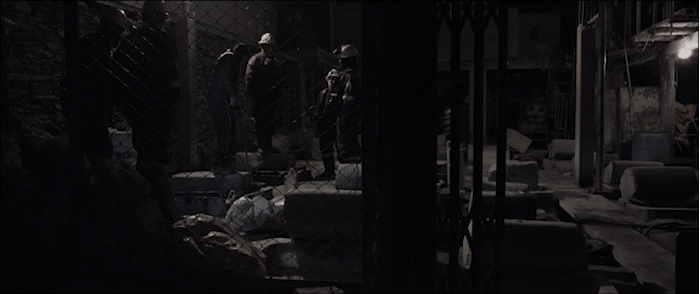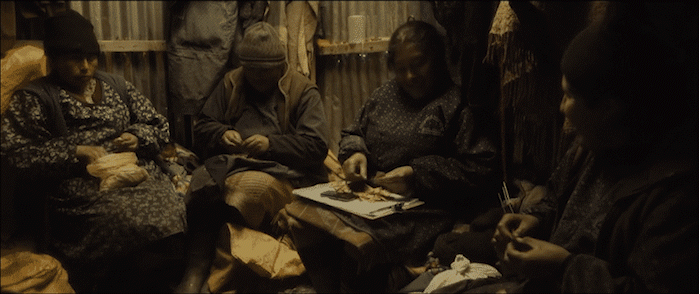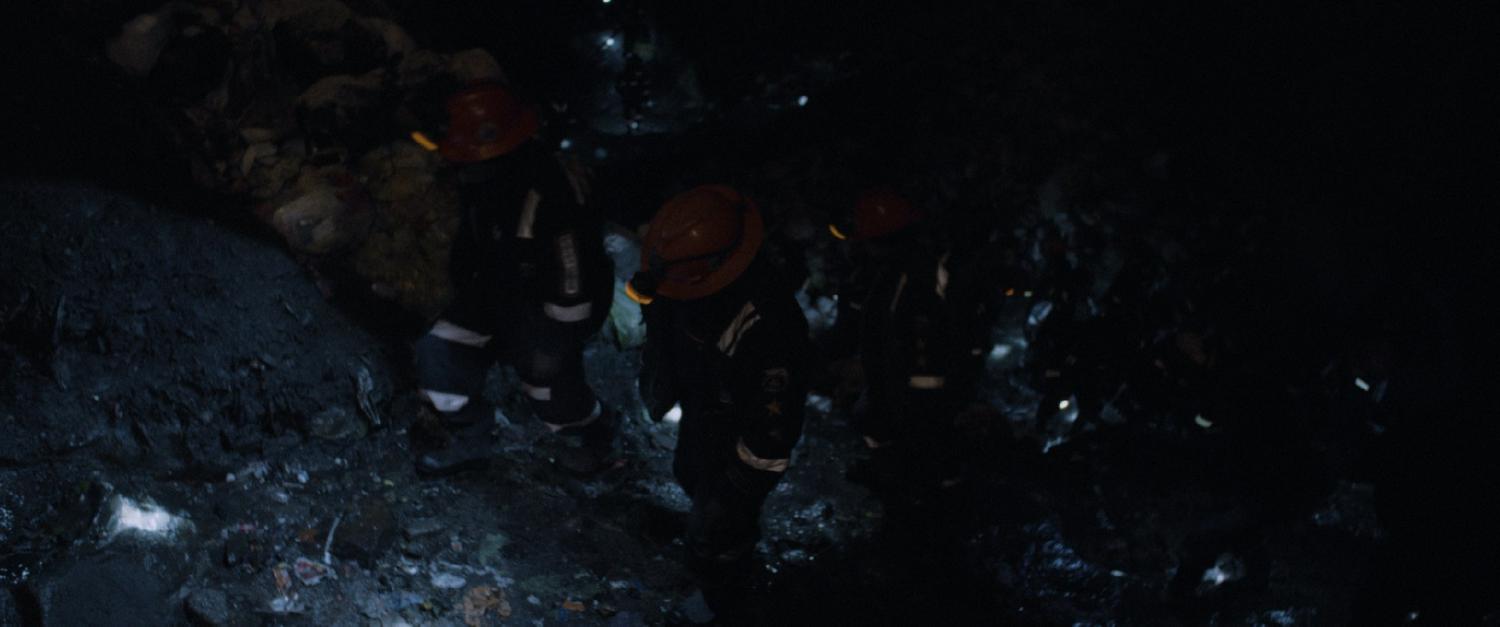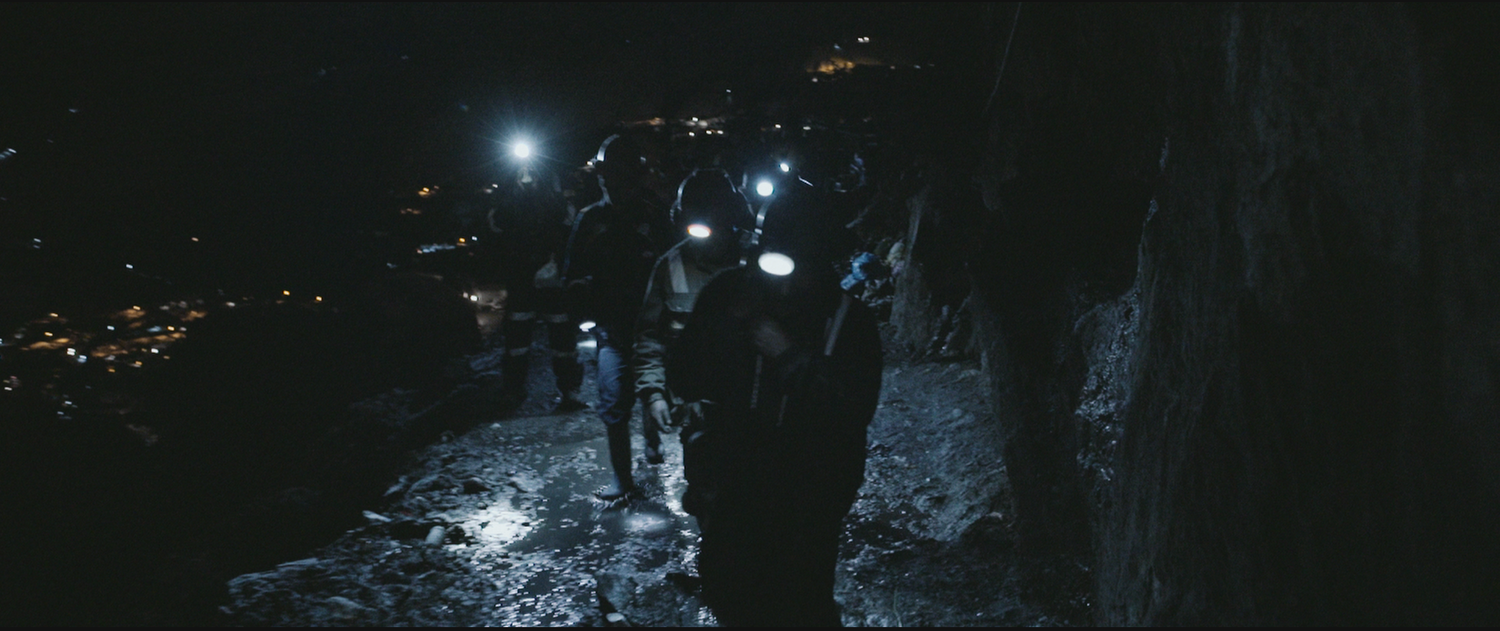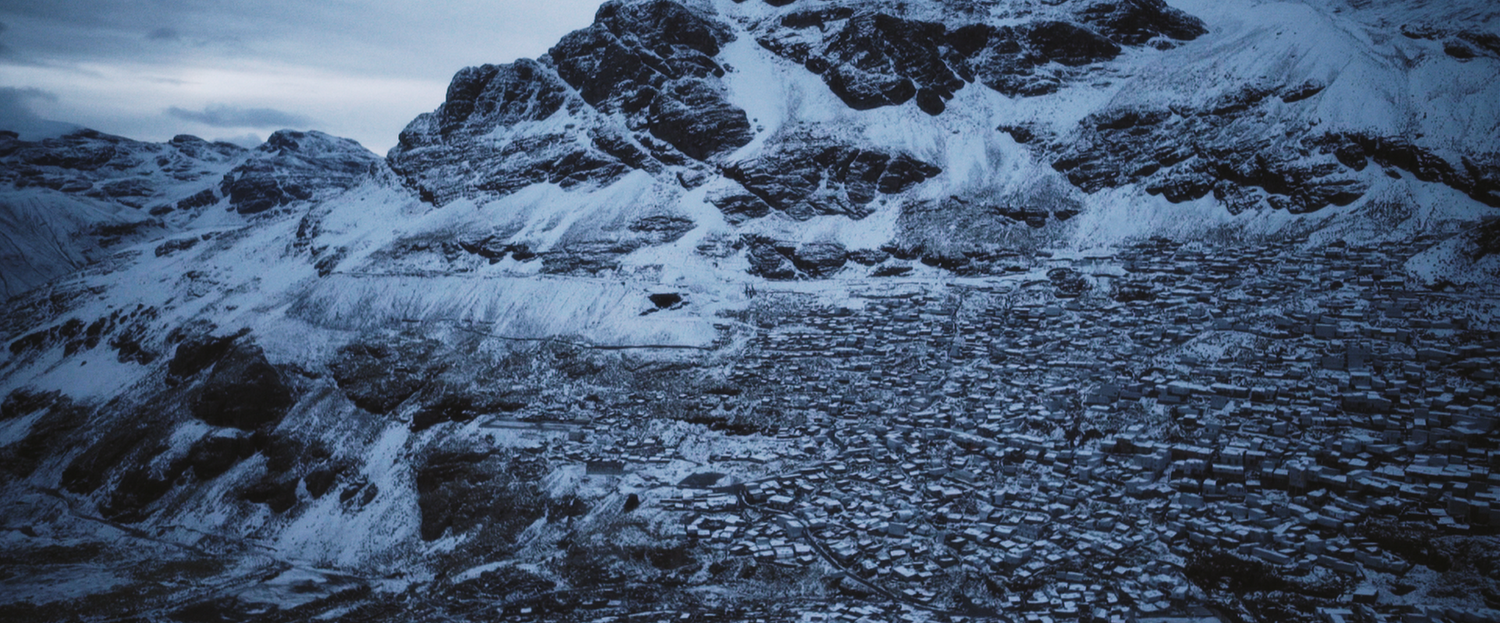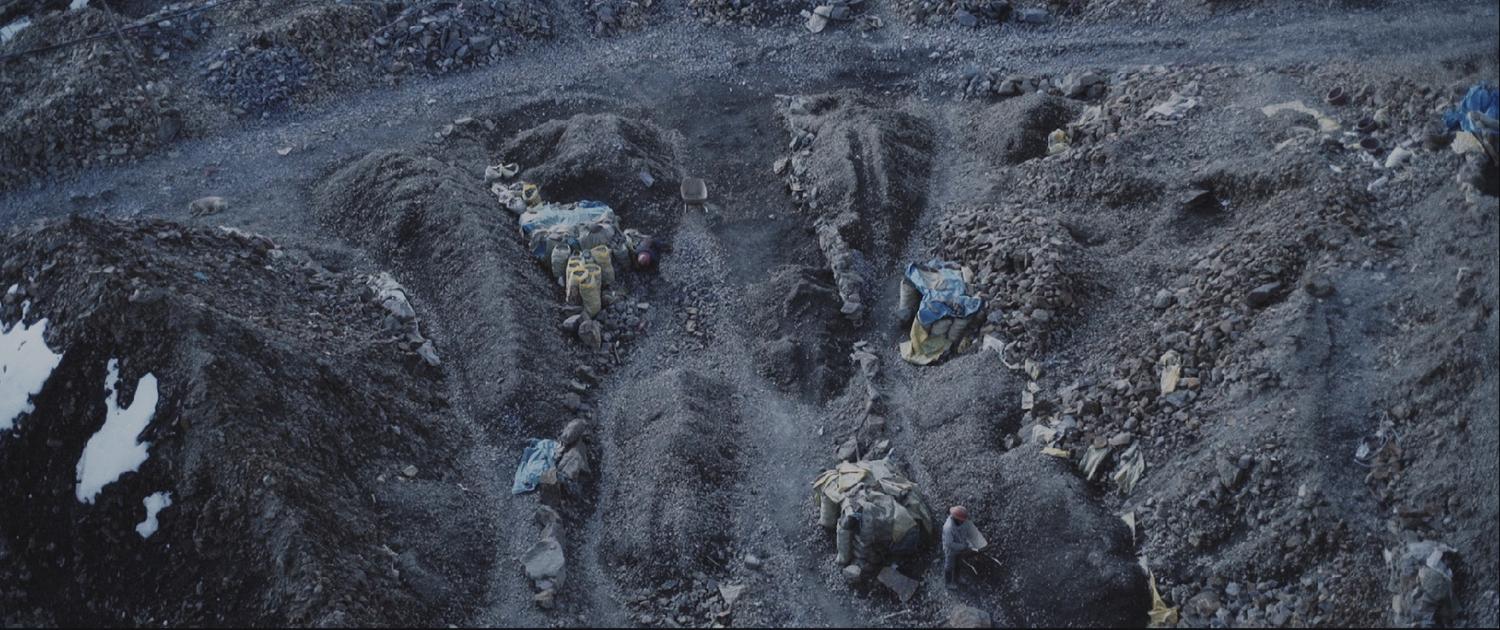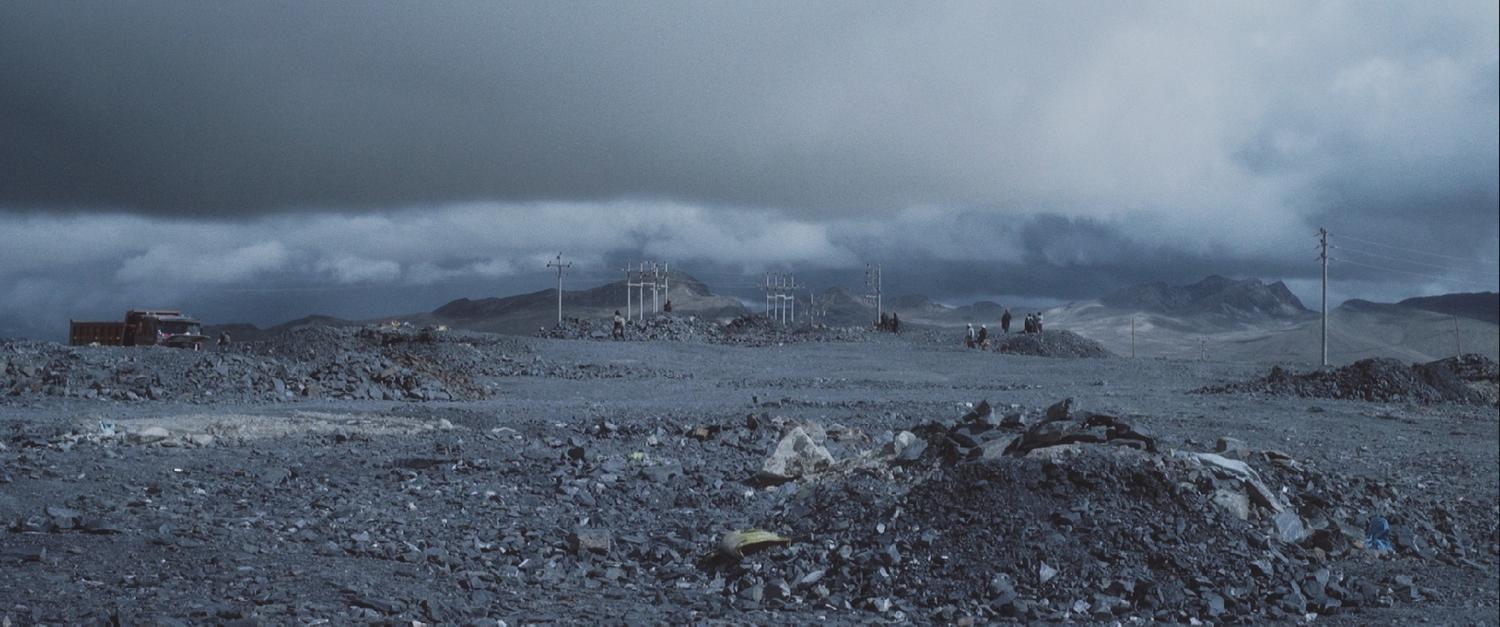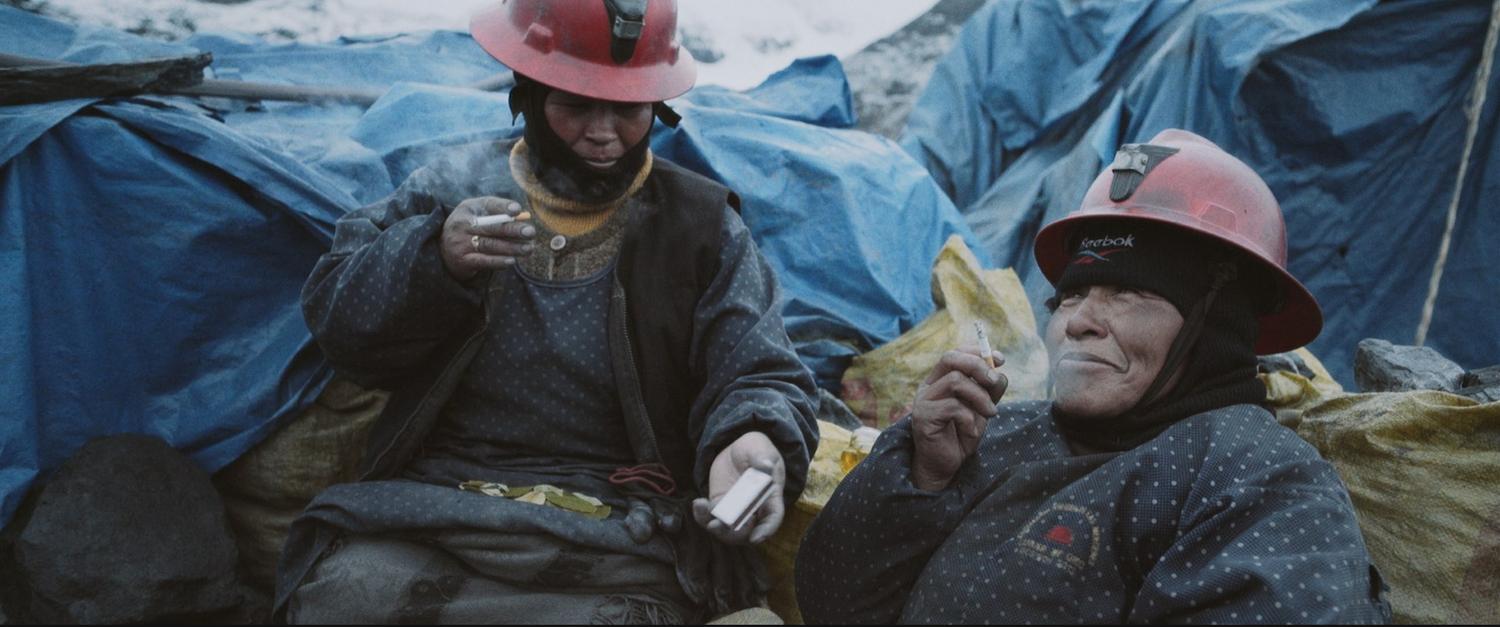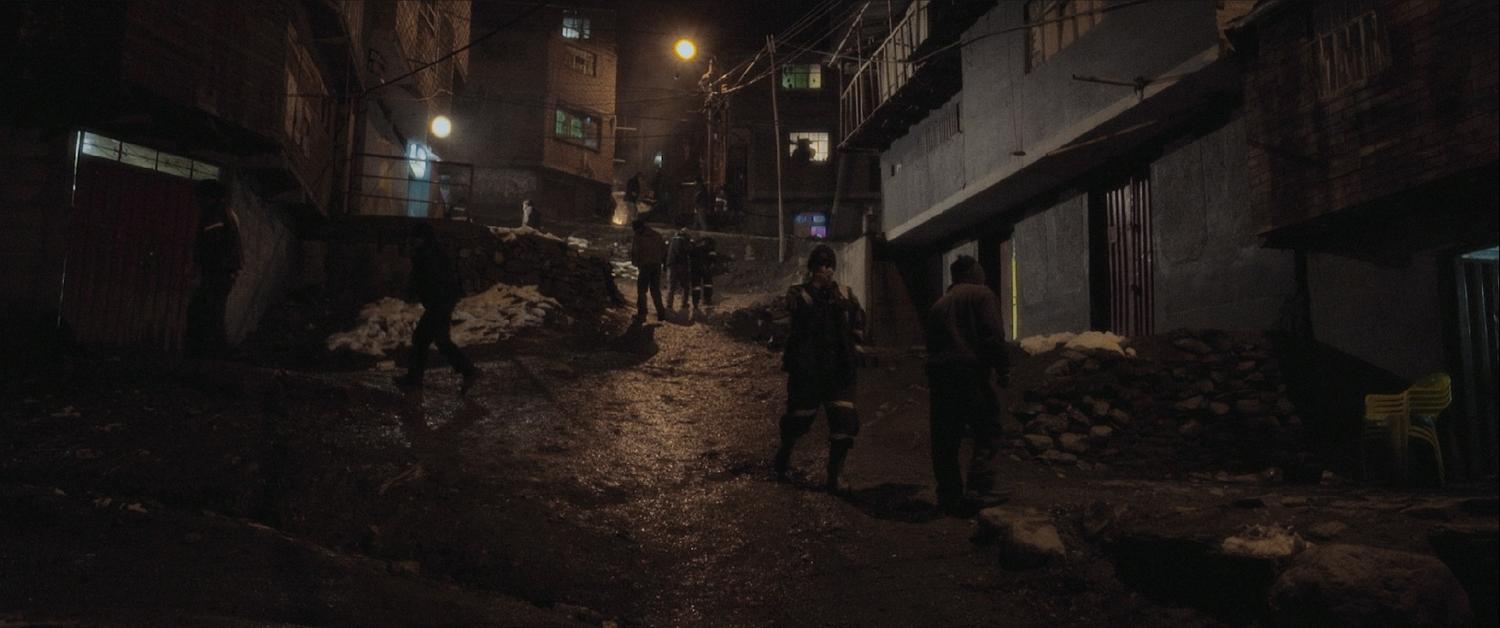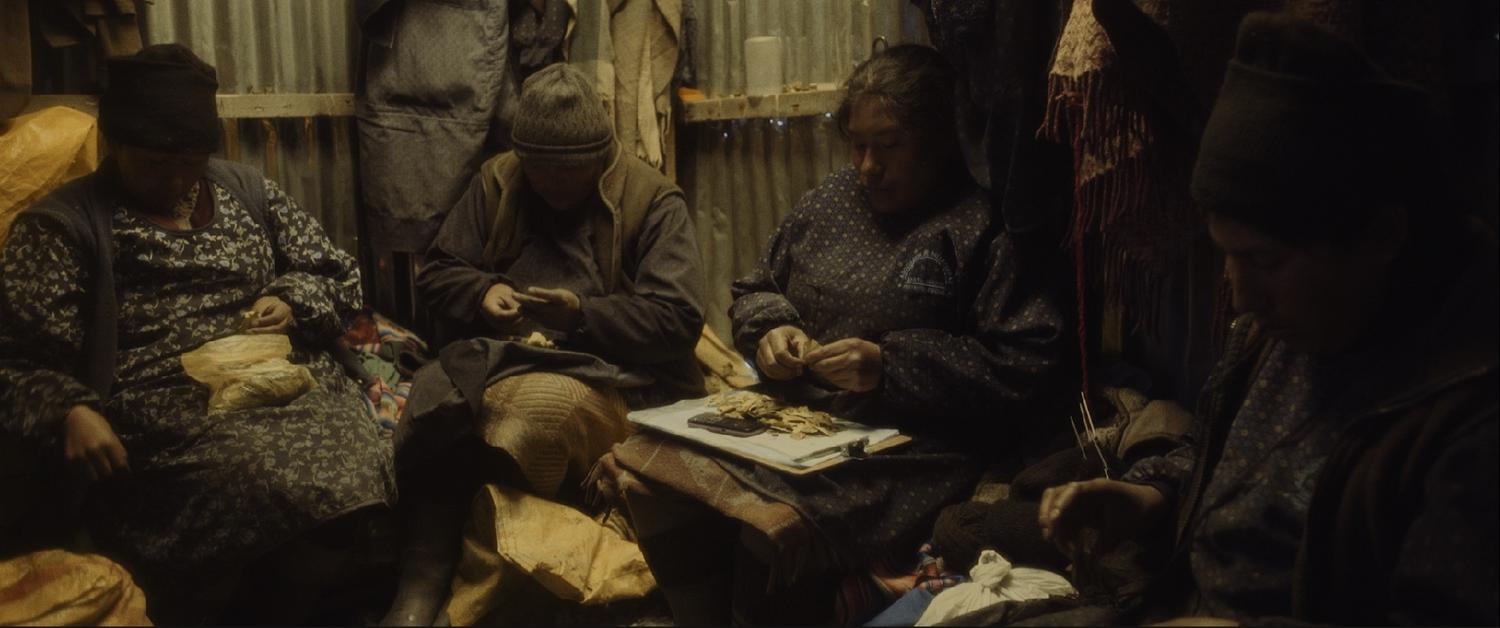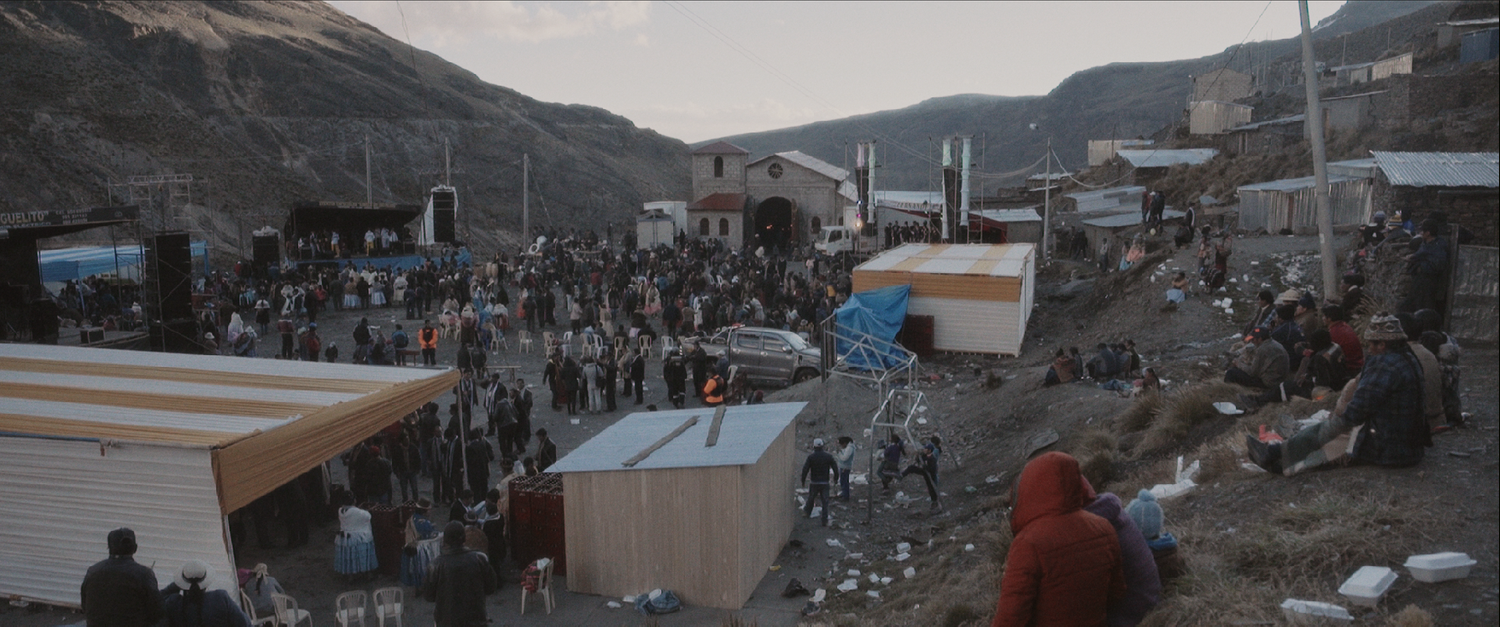Eldorado XXI, Project (2015-2016)
[Mount Ananea (5853) 2015, Eldorado XXI 2016 – Core of the Project, The Burial of the Dead 2016]
Eldorado XXI (2015-2016), Project comprises the installation Mount Ananea (2015), the film Eldorado XXI (2016) and the installation The Burial of the Dead (2016).
Eldorado XXI is set in the highest settlement in the world, La Rinconada y Cerro Lunar (5500m), in the Peruvian Andes, an inhospitable place, where untold numbers of people live and work in the most precarious of conditions, hoping both for gold and a better life.
The project was self-initiated. The other productions were developed due to other partners and exhibited accordingly.
ELDORADO XXI (2016)
HD video, 2:39 color, Dolby 5.1 sound, 125 min., Portugal/France/Peru
Production: O Som e a Fúria, Shellac Sud, Tambo Films
Development awards: FIDLab 2013 FID Marseille (Le prix Sublimage, Le prix Vidéo de Poche).
Development support: DocStation 2014 Berlinale, Rockefeller Foundation Bellagio Center, Yaddo, Bogliasco Foundation, Berliner Künstlerprogramm des DAAD, Critical Media Practice – Workshop (WIP), Harvard University
Support: ICA – Instituto do Cinema e do Audiovisual, CNC — Centre National du Cinéma, EURIMAGES – Counsil of Europe
Distribution: O Som e a Fúria, Shellac Sud, RTP – Radio Televisão Portuguesa
Non-Commercial Rights: Pontifica Univercidad Catolica del Peru, Peru
Non-Commercial Rights: Akademie der Bildenden Kunste Wien, Austria
Theatrical Release: Portugal
21st century El Dorado tells of the living conditions of workers in a gold mine in the southeast of Peru. Under an ancient system, cachorreo, the miner works for 30 days without remuneration and on the 31st day (if lucky) he is allowed to explore the mine for his own profit. To bear this life, the workers are chewing coca leafs and drink heavily. The film is a haunting and mysterious ethnographic reality cut-up. Set in the highest settlement in the world, La Rinconada (5,500m), in the Peruvian Andes; an illusion leads men to self destruction, moved by the same interests, dealt with the same tools and means in contemporaneity as it has been dealt in the ancient times. They foster the hope that one day they will find the means to resettle elsewhere.
It is a parafictional attempt to combine a sensory ethnographic approach with critical media practices by dwelling on the complexity of the human being.
O Som e a Furia
Shellac Sud
Tambo Films

